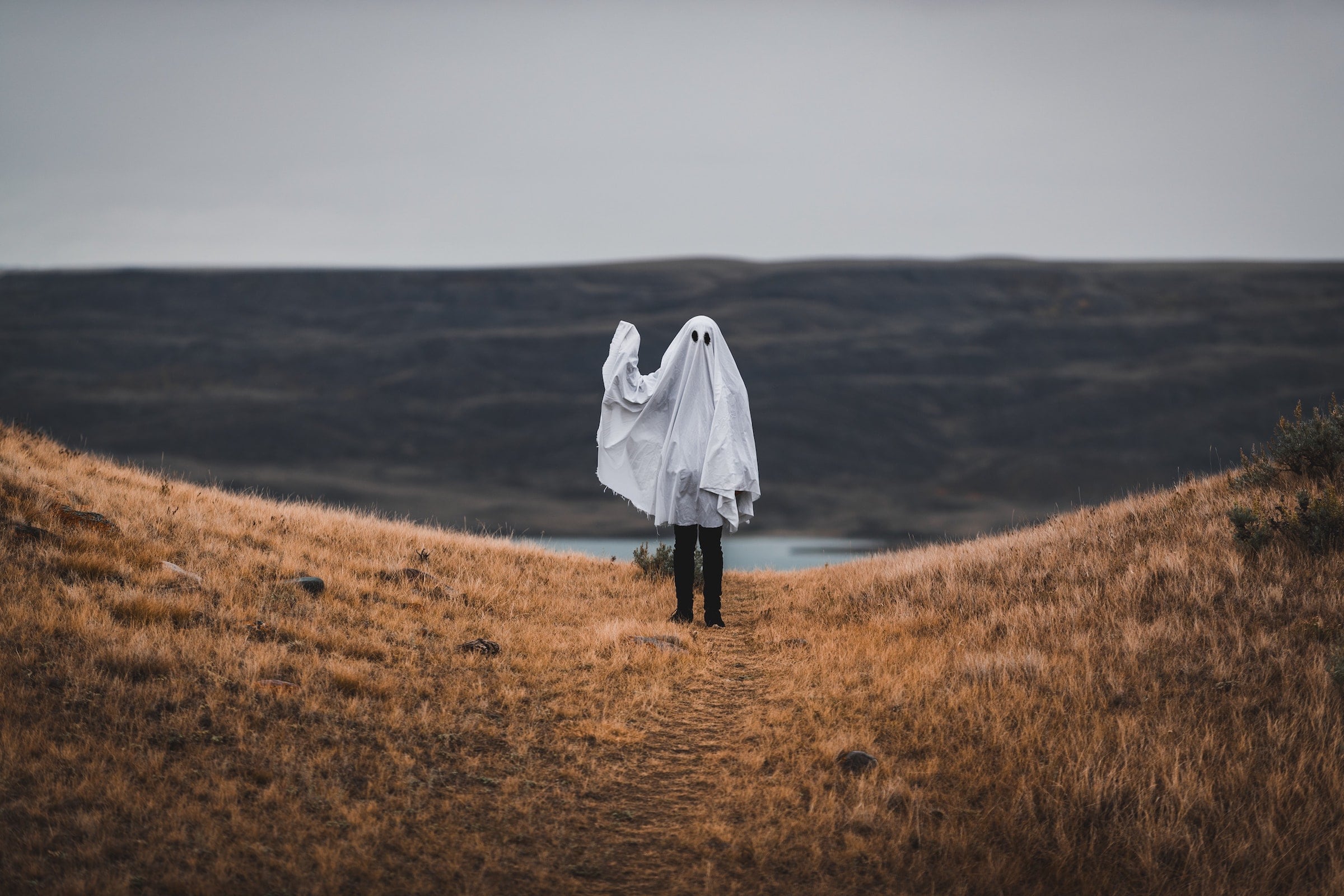Ghosts and spirits are engrained in our storytelling, and have been for a very long time. But have you ever thought about all the types of ghosts that exist in our stories, history, folk tales, movies, and shows? There are a lot. It isn’t all just silly people in sheets.
Origins of Terms Ghosts and Spirits
The term “ghost” comes from the Old English word “gāst”, which meant “spirit” or “soul” or in some interpretations “spiritual being”. The word has been used to describe supernatural apparitions or manifestations of the dead since ancient times, and is found in various forms in many different cultures and languages throughout human history.
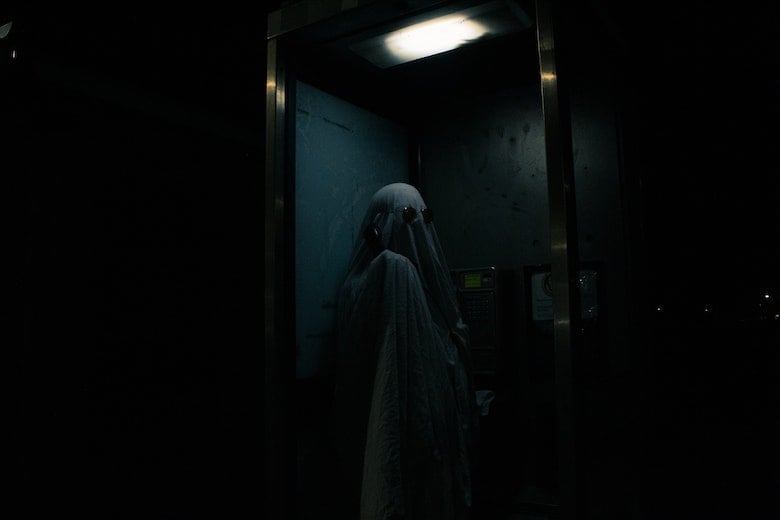
The concept of ghosts has been a part of human belief systems for thousands of years, with early civilizations often associating them with the afterlife or the realm of the gods. In many cultures, ghosts were believed to be the spirits of deceased ancestors, and were often revered and honored through rituals and offerings.
As religions developed, the concept of ghosts evolved to include both benevolent and malevolent spirits, and many religious traditions developed specific beliefs and practices for dealing with them. Today, the belief in ghosts and the paranormal continues to be a common theme in popular culture and folklore around the world.
Types of Ghosts and Spirits
There are many different types of ghosts in stories, folklore, and urban legends. The characteristics and behaviors of ghosts can vary widely depending on cultural beliefs and traditions. Here are a few examples of different types of ghosts or spirits. Note that many of these types of ghosts can coincide with each other… a ghost can be two types or more at the same time.
Residual Ghosts
These are ghosts that are tied to a specific location, and are often associated with traumatic events or emotional experiences that occurred in the past. They are said to be replaying a particular moment or scene from their life over and over again.
Often people refer to “The Stone Tape Theory,” which is the idea that these types of ghosts or spirits are analogous to tape recordings. They are considered mental impressions during traumatic/emotional events that can be projected in the form of energy… in other words “recordings” that are project onto rocks and other items and “replayed” under certain conditions. Ghosts reported and documented in such places as Warsaw are just the tip of the iceberg for such phenomomen.
Poltergeists
These ghosts are known for causing disturbances and disruptions in their surroundings, such as moving objects, making noises, or even physically attacking people.
Poltergeists are often associated with the presence of young children or teenagers, and are said to be able to feed off of their energy or emotions. The disturbances they cause are often unpredictable and can range from minor annoyances to terrifying experiences.
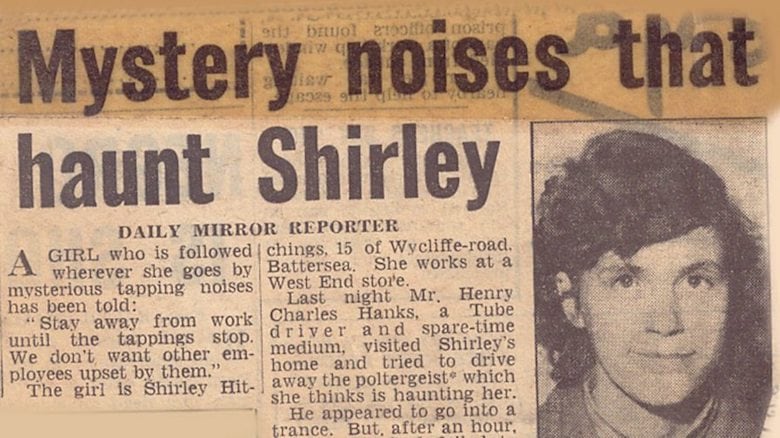
In some cases, poltergeists are believed to be the result of psychokinetic energy, which is the ability of the human mind to influence physical objects without physical contact. This theory suggests that individuals who are under stress or experiencing intense emotions may unknowingly generate this energy, which can then manifest as poltergeist activity.
Poltergeist phenomena have been documented in many cultures and time periods throughout history, and continue to be a popular topic in paranormal research and investigation. Despite their widespread cultural notoriety, the existence and nature of poltergeists remains a subject of debate and skepticism in the scientific community.
Apparitions
An apparition is a type of ghostly phenomenon where a ghost or spirit appears in a visible form, often in the shape of a human figure, to one or more witnesses. Apparitions are often described as being translucent, misty, or glowing, and may appear in full or partial form.
Unlike residual ghosts that are tied to a specific location or poltergeists that cause disturbances, the type of ghost known as apparitions are often associated with haunting locations, and are said to be the spirits of deceased individuals who have unfinished business or unresolved issues in their lives.
Apparitions can take many different forms, from a vague outline to a detailed, lifelike representation of the person who is believed to be haunting the location. They are usually reported to be silent, although in some cases they may make noises or emit a smell.
Apparitions are often associated with feelings of fear, dread, or unease, although some people report feeling comforted or reassured by their presence. Many religious apparitions have been recorded, such as the Marian apparition. Many cultures and belief systems have their own interpretations of what apparitions represent and how they should be treated, with some viewing them as omens or portents of future events, while others see them as a link to the afterlife or the spiritual realm.
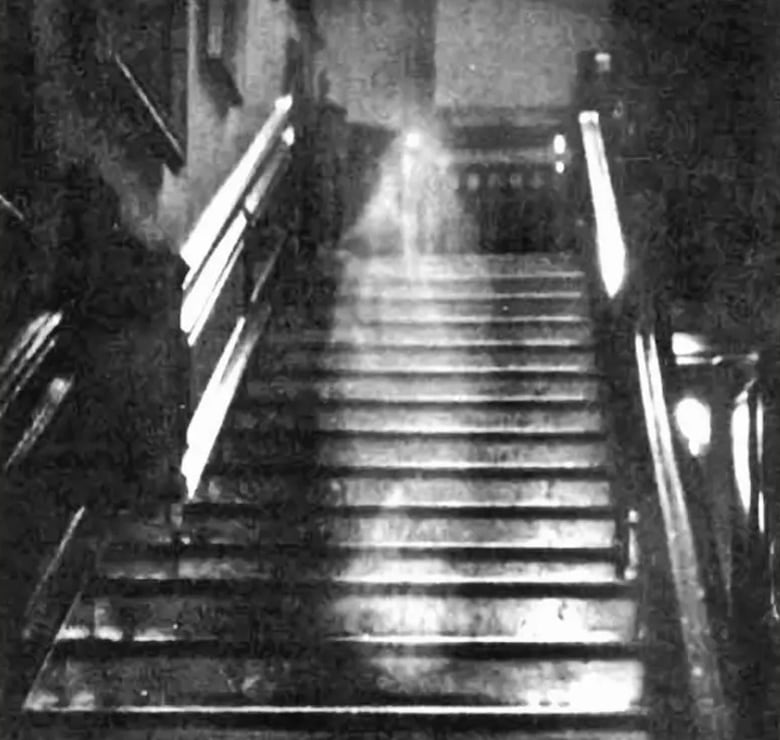
Vengeful Ghosts
A vengeful ghost is one of many types of ghosts, spirits, or apparitions, in this case one that is believed to be seeking revenge against the living. These ghosts are often associated with tragic or violent deaths, and are said to be driven by anger, resentment, or a desire for justice.
Vengeful ghosts are often depicted as being more malevolent than other types of ghosts, and may seek to harm or even kill the individuals they believe are responsible for their suffering. They may also target innocent bystanders who happen to be in their path.
In many cultures and belief systems, vengeful ghosts are believed to be the result of a person’s unresolved anger or unfinished business in life. It is thought that these feelings can linger after death, and may manifest as ghostly activity or hauntings.
Vengeful ghosts are a common theme in folklore and horror stories, and can be found in many different cultures and time periods. For example, Madam Koi Koi of a ghost in Nigerian and African urban legend who haunts boarding schools after some students caused her death. They are often associated with specific locations, such as that example of a boarding school, and they may be the subject of supernatural investigations or exorcisms.
Animal Ghosts
Animal ghosts are one of many types of ghosts in which the spirit of a deceased animal is believed to continue to exist after its physical body has died. These ghosts are often associated with the idea of the human-animal bond and the belief that animals have souls or spirits that can persist beyond death.
Animal ghosts can take many different forms, depending on the cultural or religious beliefs of the people who encounter them. They may appear as apparitions of the animal in question, or they may be represented through sounds, smells, or other sensory experiences. The wealth of British tales involving spectral ghost dogs could fill an encyclopedia.
In some cultures, animal ghosts are believed to be protective spirits that watch over their human companions or warn them of impending danger. They may also be seen as guides or messengers from the spirit world, offering guidance or comfort to the living.
Animal ghosts can be found in many different contexts, from personal experiences with beloved pets to traditional folklore and mythology. They are often associated with particular animals, such as dogs, cats, horses, or birds, that are known for their close relationships with humans.
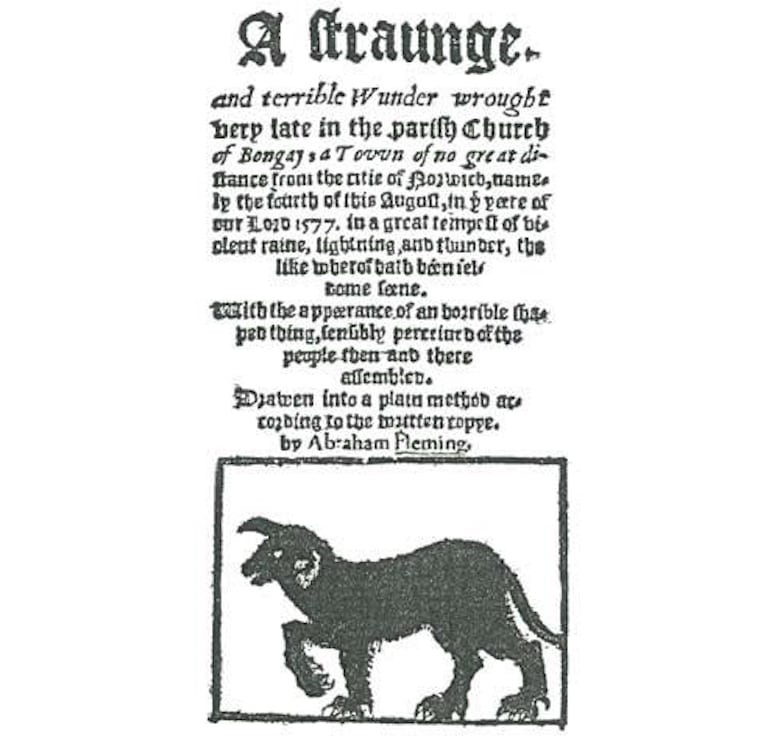
Ghost Hitchhikers
Phantom hitchhikers or vanishing hitchhikers is a type of ghost phenomenon where a figure is seen or experienced as a hitchhiker, often appearing out of nowhere and disappearing just as suddenly. The hitchhiker is typically described as a human figure, often dressed in out-of-date clothing, and may appear to be in distress or seeking help.
— FOUNDATIONS OF HORROR —
Further explore these subgenres & tropes. more>>
#Ghosts are Scary

Ghost transportation stories are a common theme in folklore and urban legends around the world, and often have a tragic or mysterious backstory. In some cases, the ghostly hitchhiker is said to be the spirit of a person who died in a car accident or was murdered while hitchhiking. Other stories involve a person who disappeared under mysterious circumstances and is now seeking a ride home.
People who report encounters with ghostly hitchhikers often describe feeling a sense of unease or fear, and many believe that the experience was a supernatural encounter rather than a chance encounter with a real person.
The first proper study of the story of the vanishing hitchhiker was undertaken in 1942–43 by American folklorists Richard Beardsley and Rosalie Hankey, who collected as many accounts as they could and attempted to analyze them.
These are just a few examples of the many different types of ghosts that can be found in stories, folklore, and urban legends.
Other Types of Ghosts and Spirits
While the listed types of ghosts and spirits includes a vast majority of ghost types, here are a number of others that could be described in various ways. It is a somewhat exhaustive list. This is meant to include types of ghosts, not specific ones that are often described as haunting a specific location or is the spirit of a certain person or thing.
- Shade
- Samca
- Myling
- Kikimora
- Mogwai
- Hungry ghost
- Yaoguai
- Korean virgin ghost
- Daayan
- Maha Sohona
- Kichkandi
- Toyol
- Krasue
Photo by Tandem X Visuals on Unsplash
Last Updated on February 22, 2023.

